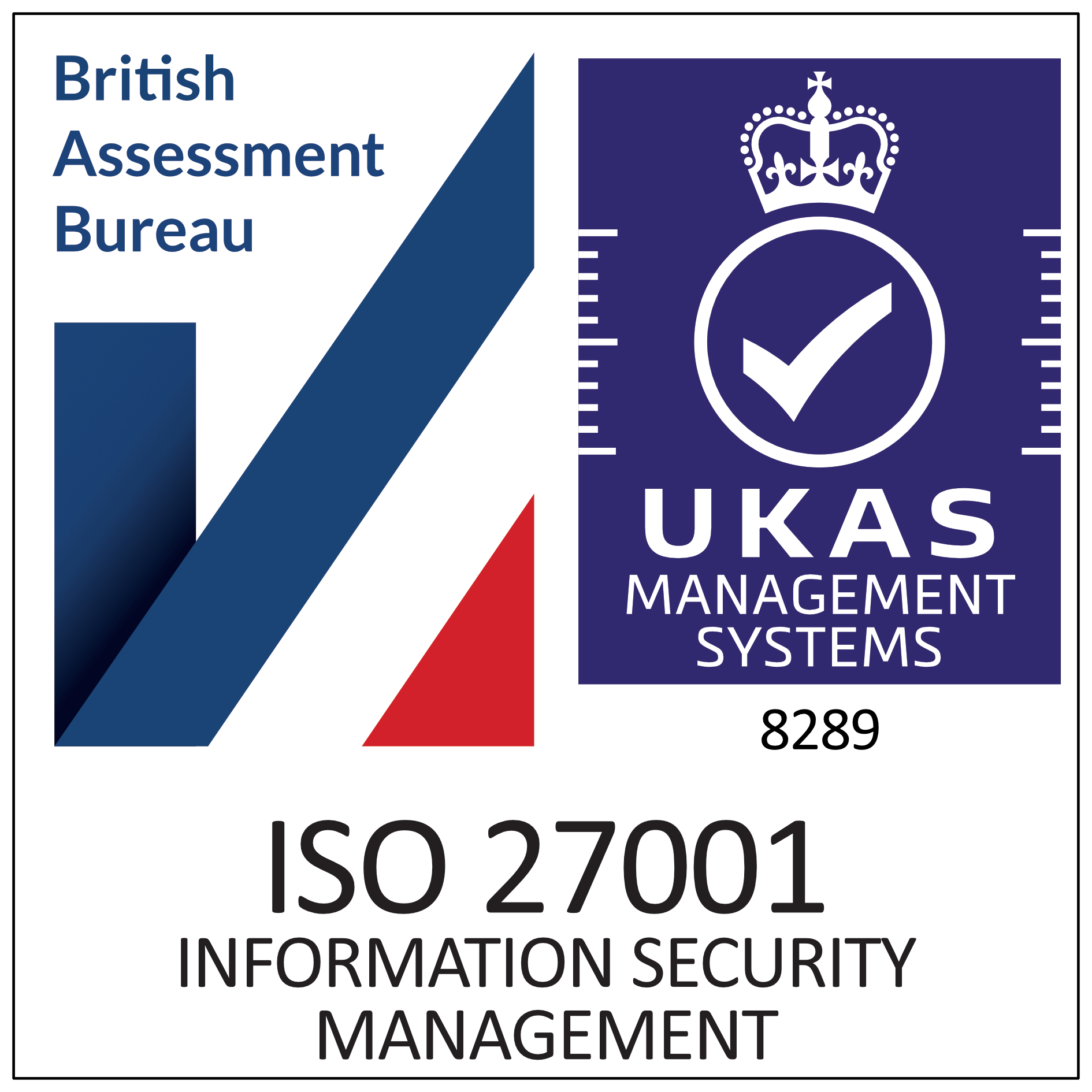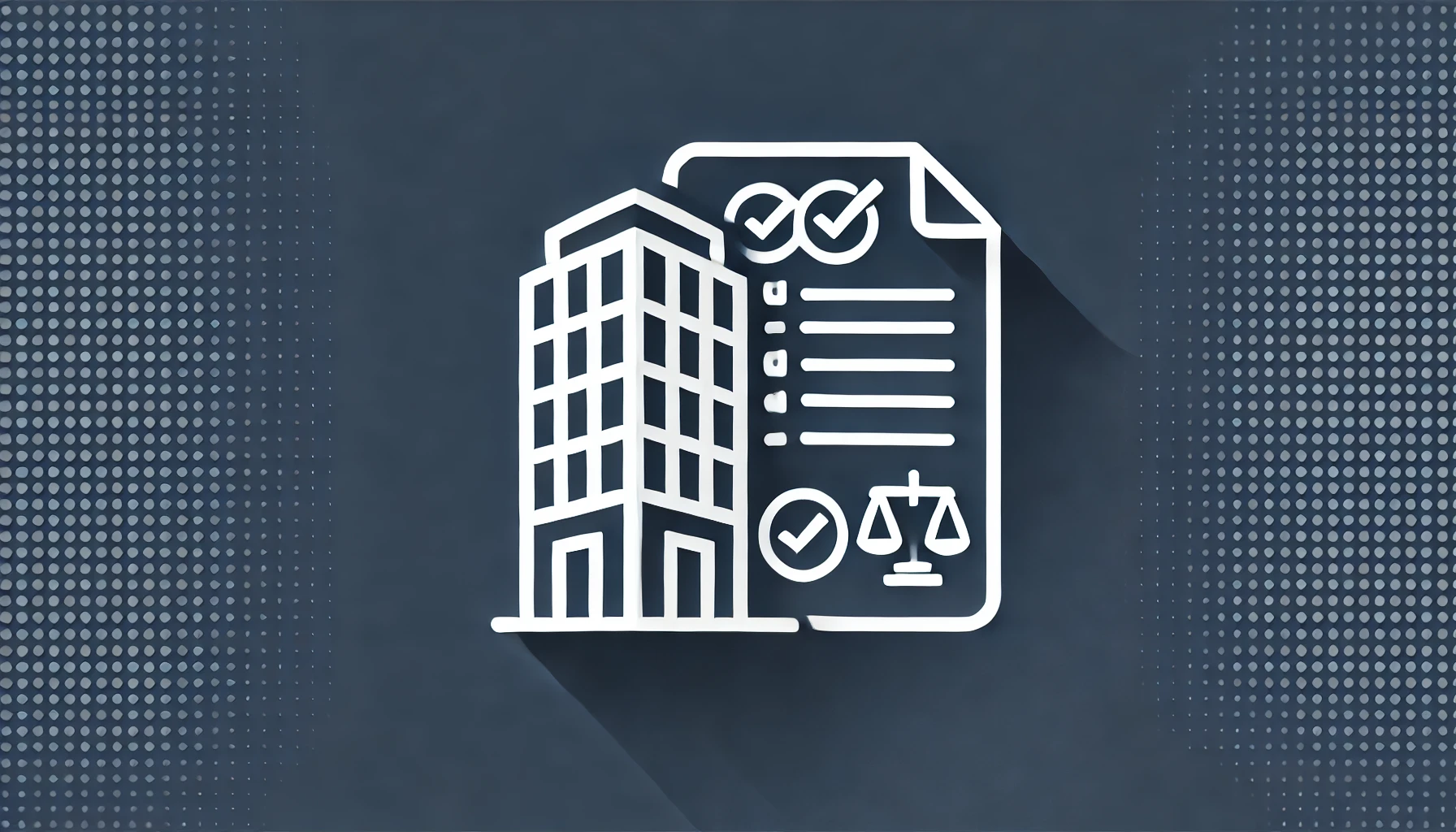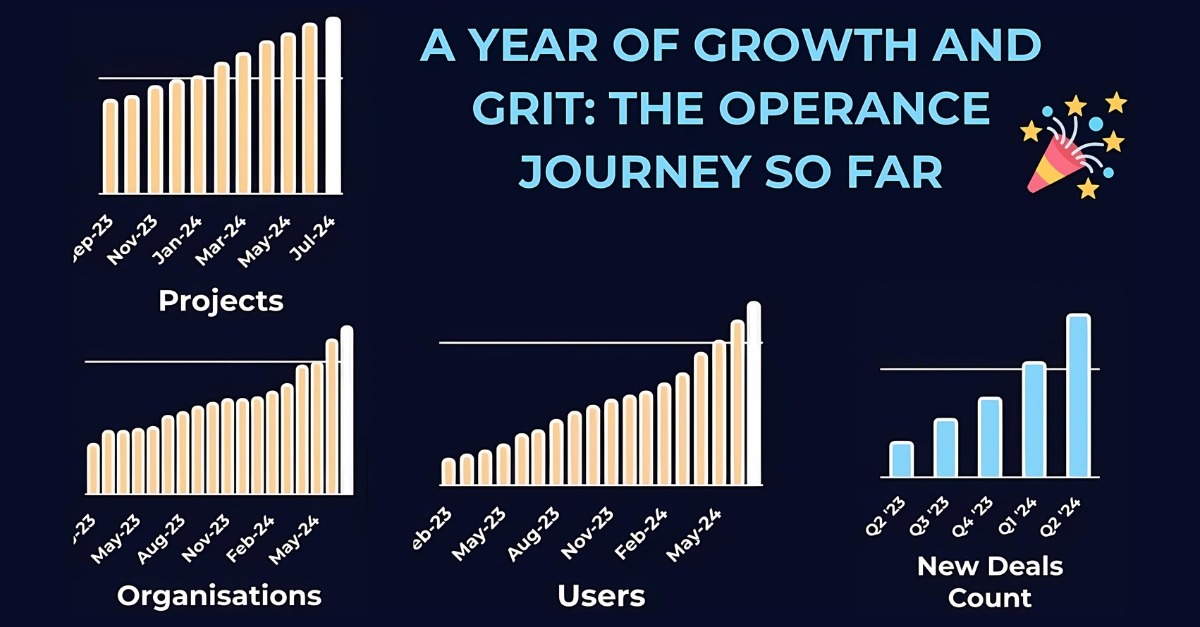What is a Building Safety Case

Short Definition: A Building Safety Case ensures that those responsible for buildings; deliver a continuous preventative and proactive approach to managing building safety risks. It is essentially, a collection of general, fire and structural safety information relevant to a Higher-Risk Building. Once a Building Safety Case has been created, it is kept up to date and summarised in the form of a Safety Case Report and submitted to the new Building Safety Regulator. It is to be created and maintained within the Golden Thread of information which provides the full body of information and evidence around the assessment and management of building safety risks stored digitally.
Introduction
The Building Safety Act 2022 requires building owners to manage risks associated with structural failure or fire spread within their facilities to prevent such occurrences and limit the impact if they did occur.
The main focus of the safety case regime is to create accountability for building owners so that they (referred to as the Principal Accountable Persons or PAP) look after the buildings properly and deliver preventative and proactive processes to mitigate risk. Principal Accountable Persons and any other named Accountable Persons (a building leaseholder, operator, or facility manager, for example) will need to demonstrate and prove that their building safety risks are managed and maintained effectively for each facility or building. Previously, a lot of this information had been an assumption by those following guidance or previously prescribed standards. Transforming these previous assumptions into factual evidence will create a more efficient and proactive approach to building fire and safety.
The process or protocol behind ensuring the management structures and the processes in place are efficient and delivered across an organisation properly is often referred to as a Safety Management System.
How are they going to be implemented?
Good question! Any existing or new higher-risk building that is at least 18 meters high or has at least 7 storeys and has at least two residential units (or is a hospital or a care home at the same height, during the design and construction stages), will need to develop and maintain a building safety case (BSC) and Safety Case Report (SCR). This report has to be completed by the Principal Accountable Persons and then sent to the Building Safety Regulator for assessment. Furthermore, the Principal Account Person will also be responsible for maintaining the Building Safety Case and Safety Case Report moving forwards, updating information when necessary and resubmitting it to the Building Safety Regulator for reassessment and approval.
To improve the safety of existing higher-risk buildings, the new legislation also requires owners of these properties to first register these properties with the Building Safety Regulator and develop their individual Building Safety Case and Safety Case Reports. Ultimately, this act aims to deliver safer outcomes for residents across the United Kingdom.
With your existing or new Higher-Risk Building (HRB) registered and a Building Safety Case and Safety Case Report in place, the Building Safety Regulator (BSR) will review these every five years beyond the occupation date. However, they could be reviewed at any time, especially if there is a complaint made by a resident concerning building safety.
Think of the BSR as Ofsted for residential buildings. Much like Ofsted will provide a review of each school to ensure it follows the required standards at set intervals, it too could carry out a surprise review at any time should they feel the need.
How do I register a Higher Risk Building?
Every existing higher-risk building must be registered with the Building Safety Regulator. This process will begin in April 2023 and owners of HRBs have a six-month window until October 2023 to complete this process. Registering of HRBs includes both existing legacy buildings already occupied, and new buildings currently in design and construction and has been so since the bill’s release in April 2022.
Despite worries about how big an undertaking this could be, we understand the information as prescribed at the time of writing, is not onerous and includes general information such as building names, address, height, number of stories and dwellings and who are its named accountable persons.
How do I create a Building Safety Case?
In order to develop a Building Safety Case, the Accountable Persons will need to evidence knowledge of the building’s construction and identify and assess its building safety risks associated to fire and structural safety and create reasonable measures to ensure that those risks are reduced and controlled proportionately.
The exact detail required to do this is yet to be fully defined at the time of writing, but we have a good understanding already thanks to government and HSE guidance released so far. The government will use regulations, which will be subject to consultation, to further set out the form and content required for building safety cases and safety case reports and how the latter is to be submitted to the Building Safety Regulator for assessment.
We understand that information as currently prescribed, can be broken down into the following categories;
-
Basic Building Information
-
Building Construction
-
Refurbishment
-
Fire Safety
-
Structural Safety
-
Resident Profile
-
Services and Utilities
-
Maintenance and Inspections
All of this information will need to be documented, stored correctly, and kept up to date. Whenever this information changes, it will need to be resubmitted as a Safety Case Report to the Building Safety Regulator.
To help accountable persons assign nominated individuals to provide this information, Operance has created a world-first Building Safety Case module, providing a simple step-by-step guide to providing the information in a structured, easy-to-manage way. Not only does it clarify and break down the information into bite-size chunks, but it is also regularly updated in line with government updates, is completely digital, safe, and secure, and is recorded on our blockchain-powered Golden Thread Audit Trail. You can watch a demo of it in action here.
As you build up your Building Safety Case, your Safety Case Report also begins, in part, developing itself in the background. The Safety Case Report provides a summary of the steps the accountable persons will take to identify, assess, remove, reduce, and manage building safety risks. This report is supported by the Golden Thread of information, which provides all the information and evidence around the assessment and management of building safety risks stored digitally.
When Will I Need to Produce a Building Safety Case?
The Government has published an ‘Outline Transition Plan for the Building Safety Bill’ to support individuals and businesses in their preparations. Following Royal Assent, several changes will come into force within the first 12 to 18 months of its release in April 2022. Therefore, certain duties relevant to this article are likely to begin coming into force by April 2023. These will include:
-
Establishing the Residents’ Panel within the Building Safety Regulator. (Enforceable within 12 months).
-
Mandatory registration of occupied high-rise residential buildings with the Building Safety Regulator.
-
New Gateways to ensure rigorous assessment of regulatory requirements to ensure building safety and regulatory compliance is considered at each stage of a building’s design and construction.
-
Mandatory reporting to the new Building Safety Regulator of prescribed fire and structural safety occurrences.
-
The requirement to create, hold and maintain the golden thread of information.
-
Mandatory registration of building inspectors and building control approvers.
-
New requirements on duty holders to have clear accountability and statutory responsibilities as buildings are designed, constructed and refurbished.
-
New duties on the Accountable Person to manage building safety risks in occupied high-rise buildings, including duties to engage with residents.
-
New duties on residents to ensure each other’s safety by making sure their actions do not adversely affect the safety of their building.
-
New requirements for construction products included on the safety-critical list and the requirement for construction products to be safe, with strengthened oversight and enforcement powers to be used by the national regulator for construction products to operate effectively.
What costs are associated with the Building Safety Case?
No cost can compare to the importance of saving lives. The new regime is focused on ensuring the most serious safety risks, directly related to fire spreading and structural collapse, are eradicated with measures in place to ensure residents are safe. But of course, there are costs associated with gathering, recording and submitting your building safety case and safety case report information. We describe these steps as follows;
DEFINE: Firstly you need to define the information as prescribed by law that you require for your legacy or new higher-risk buildings. Subscribing to Operance will help with this as it is constantly updated to reflect current law and it breaks down the requirements in bite-size chunks. These requirements are assigned to the Principal Accountable Person by default but can be re-assigned to other accountable persons and their named nominated individuals, such as Building Safety Managers or external consultants and/or surveyors. This enables users to search for information that is only required by law as a minimum, but with the ability to add to these requirements as per the principal accountable persons’ requirements.
CURATE: Depending on such factors as the building’s age and the depth and quality of existing information available for the building, this could be an expensive step for the building owner in gathering the prescribed information. For instance, one of the required items of information relates to understanding the building’s primary load-bearing system (e.g. pre-cast planks on a steel frame). This information may not be accurately recorded, or even exist. It might not even be possible to determine this with the naked eye. In this instance, building owners will need to enlist and spend on specialist support, e.g. engineers, consultants, designers, building surveyors, contractors etc.
To help owners of high-risk buildings with this, Operance has teamed up with Rider Levitt Bucknall, the nation’s largest independent project manager, and one of the world’s largest, to provide not just building surveying and project management expertise, but also health and safety and CDM expertise also. Together, we can help define your legislative information and accurately curate this information by carrying out our surveys and searches to produce the information required. In order to then digitise this information, should it be in existence, but in paper or PDF format, we have also teamed up with Spectrum, our OCR partners who will scan your documents and auto-classify them using NBS Uniclass classifications and name them in line with ISO 19650 naming conventions. All this information can then be added to Operance and stored against what the information is relevant to within the golden thread.
It is also important to think about unnecessary costs. We would advise owners of HRBs to prioritise their efforts and resource on those items that strictly apply to the law. We have seen organisations spend tens and hundreds of thousands of pounds on such things as laser scanning and the creation of BIM models. Whilst these are no doubt useful visualisation tools and are very useful indeed for planning future refurbishment works, there is nowhere in the bill that states these visual 3D models are required. Organisations should therefore ask themselves just one question first and foremost before spending their resources “If we don’t do this, will we be breaking the law?”. Providing the prescribed information as requested in the bill is critical, we advise owners to concentrate on beginning by meeting the requirements and making it digital and accessible. Beyond this, it’s probably a nice-to-have, rather than a must-have.
ACCESS: With information fully defined, and curated for your higher-risk buildings, it should be stored in a digital platform, capable of providing the golden thread and the ability to store information against what it is relevant to. It should be easily accessible by owners, operators and of course occupants of the buildings too. The platform should be based on open data principles, meaning that information can be shared back and forth between different software solutions. Crucially, the platform should be providing your golden thread, for every element of your building across its lifecycle. For instance, information about the fire alarm system should be stored against the fire alarm system within the digital environment. This way, every piece of information available about this system is stored against it directly, making it easy to find and record its lifecycles history.
The cost of storing, accessing and sharing your golden thread can wildly vary across software vendors, we are seeing a gold rush of sorts, whereby vendors are over-promising their true golden thread capabilities. A lot of vendors are pre-existing software solutions that were simply not designed with the building safety act and the golden thread in mind. Therefore you have lots of vendors providing solutions such as Common Data Environments (CDE), Digital Twins, Asset Management platforms and more looking to either plugin or add on new ‘golden thread’ features or pivot into a whole new market. The problem we are seeing in either case, is buyers become more educated in what to expect of their ‘golden thread’ solution and become disenchanted with their purchase. Vendors too can become frustrated that they cannot move quick enough when trying to make changes to their existing and in a lot of cases, old technologies. We advise potential buyers to view these carefully and refrain from signing up for long-term licenses.
Operance is different, designed with the Building Safety Act in mind, built from new using the very latest technologies, it is the world’s first bespoke solution. But we are clear, we are still not the finished, final golden thread solution, as there isn’t any one such solution that exists. How can there be when so much has still yet to be defined by law?! What we do promise our customers is that we are at the forefront of Building Safety technology with teams and experts focussed on further developing our solution alongside the developing bill. By working with government, local authorities, legislative bodies, housing organisations and industry experts, we are dedicated to the vision of helping create safer, more harmonious homes for everyone.
MAINTAIN: With information curated and complying with the bill, it now needs to be maintained in the same way that the facility and its assets need to be looked after. For instance, the information supplied to register HRBs needs to be checked and updated regularly. So too, does the building safety case and safety case report. As mentioned above, you need to think of the Building Safety Regulator as ‘Ofsted for owners of Higher-Risk Buildings’. They could metaphorically come knocking on your day at any time and ask to see your very latest information. Should information be incomplete and incorrect, you will face possible prosecution. Therefore there is a cost involved in keeping this information up to date, via the use of internal or external appointed persons and their nominated individuals, responsible for keeping this information up to date. Whilst the law doe snot mandate the requirement of a Building Safety Manager specifically, it does require, in reality, several people to constantly inform, update and audit your building safety information.
What support will be given to help the sector comply with these new duties and requirements?
There are many guidance documents available online via the UK Government and the HSE in particular, with more clear guidance promised to be released in due course. This guidance will hopefully include information regarding appropriate measures to mitigate risks in particular.
Summary
In summary, the Building Safety Bill has been updated to help increase the safety of building residents around the United Kingdom. Learning from experience, we are excited to work with everyone to transform the way building information is stored, accessed and kept up to date. Let’s continue to work together to mitigate the risk of structural or fire-related building disasters in the UK.
Should you want to discuss how you can comply with the Building Safety Act 2022, please do not hesitate to contact our Director, Scott Pilgrim.
Book an Operance demo today:
NEWSLETTER
Revolution Is Coming
Subscribe to our newsletter so we can tell you all about it.
You can unsubscribe at any time and we don’t spam you.


















